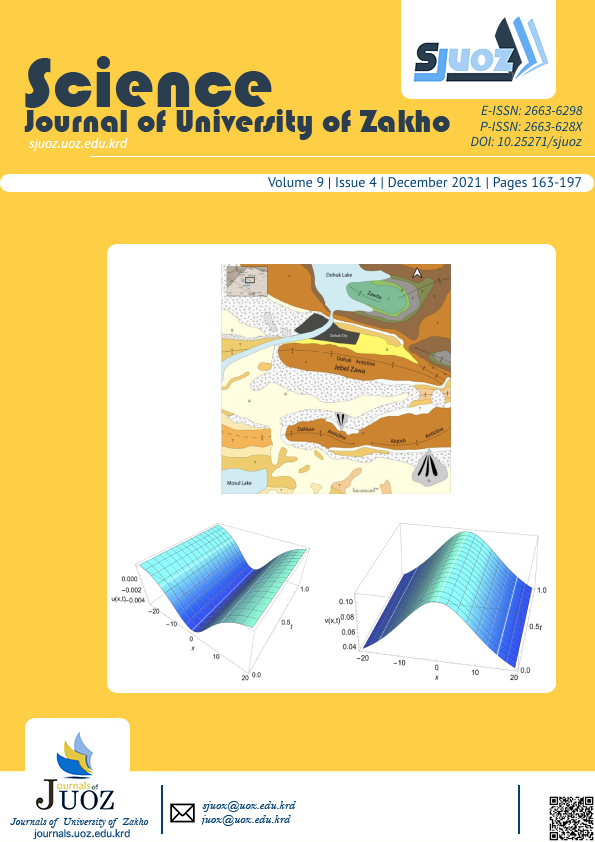Image Splicing Detection Scheme Using Surf and Mean-LBP Based Morphological Operations
Abstract
Tampering with images and changing them without giving any evidence has become very popular because of the presence of an enormous degree of intense altering device. The image forensics technique has grown popular for deciding whether a picture has been changed with a copy-move, splicing, or different forgery techniques. This paper present’s a novel passive image splicing forgery detection technique which includes three steps. Firstly, extracting an interest region (ROI) by using SURF descriptor (Speed up Robust Transform) Points is concerned based on the morphological procedure. Secondly, the Extraction of Mean-LBP (Mean Local Binary Pattern) Highlights on ROI is carried out. Lastly, a Classification of Mean- LBP characteristics is done with the SVM classifier. This novel method has shown the best outcome as SVM is used for classification. As well as it has shown a higher accuracy on the standard three datasets CASIA TIDE V1.0, CASIA TIDE V2.0, and Columbia University, revealed that current method has achieved higher accuracy of 97.9%, 98.2%, and 98.9% respectively. Finally, in terms of accuracy, the proposed SFD scheme outperformed the best recent works in this area.
Full text article
Authors
Copyright (c) 2021 Nashat S. A. Alsandi

This work is licensed under a Creative Commons Attribution 4.0 International License.
Authors who publish with this journal agree to the following terms:
- Authors retain copyright and grant the journal right of first publication with the work simultaneously licensed under a Creative Commons Attribution License [CC BY-NC-SA 4.0] that allows others to share the work with an acknowledgment of the work's authorship and initial publication in this journal.
- Authors are able to enter into separate, additional contractual arrangements for the non-exclusive distribution of the journal's published version of the work, with an acknowledgment of its initial publication in this journal.
- Authors are permitted and encouraged to post their work online.
